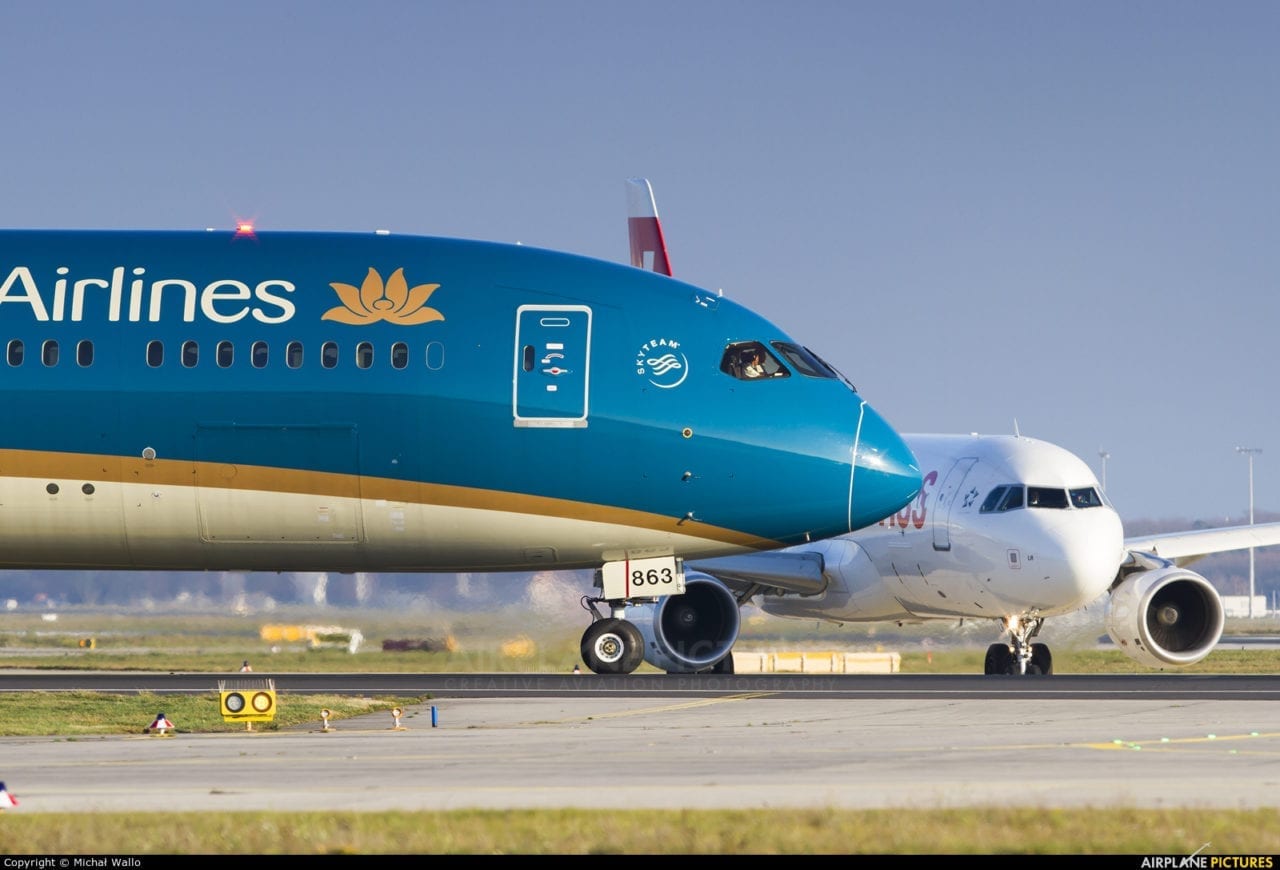
On Mar. 15, Vietnam fully reopened its borders to foreign tourists, allowing quarantine-free entry and reinstated its pre-pandemic visa policies, including waivers for nationals of 24 countries.
“These positive moves have contributed to strengthening confidence in a brighter picture for the aviation industry this year,” Nguyen Huu Nam, deputy director of the HCMC chapter of the Vietnam Chamber of Commerce and Industry (VCCI), said at an event held last week to present the Vietnam International Aviation Exhibition (VIAE 2022) set to take place in September.
Regarding this year’s prospects, brokerage Bao Viet Securities (BVSC) has said in recent report that if new coronavirus variants are not too dangerous, international routes can recover strongly from the end of the second quarter onwards.
It has forecast the number of domestic and international passengers in 2022 at 30 million and five million, up 89.9 percent and 4.6 percent respectively over last year.
Meanwhile, Viet Capital Securities JSC (VCSC) estimates the number of domestic flights has reached 94 percent of the pre-pandemic period (2019).
The company expects that the total number of domestic passengers for Vietnam Airlines and Vietjet Air this year will be 92 percent and 91 percent of 2019, respectively; and that of international passengers will be 44 percent.
Nguyen Phuoc Thang, Head of Science – Technology and Environment Department of Civil Aviation Authority of Vietnam, said from now until the end of August, carriers will increase the number of flights to serve tourists and the market will recover “very quickly.”
The industry is coming out of two quiet years, resuming international commercial flights about a month ago.
As for international flights, Vietnam officially resumed services on nine routes on Jan. 1 before reopening flights to all markets starting mid-February with several Covid related restrictions.
According to the General Statistics Office, 91,000 foreigners arrived in Vietnam in the first quarter, up 89.1 percent against the same period last year. Of these, 90.5 percent came on flights, up 165.2 percent.
In 2021, the number of passengers dropped to the lowest ever level in history, to 15.9 million, with that of foreign and domestic passengers dropping by 96.5 percent and 50.5 percent against 2020, respectively.
As the fourth Covid-19 wave hit the country in April last year, domestic flights were put on hold late August and only a limited number of flights resumed early October.
Between Oct. 10-20, only one return flight was allowed on 19 domestic routes compared to 58 routes in 2019. and it was not until after that pilot period that domestic flights resumed gradually.
The demand for flying in Vietnam entered the “new normal” phase during the latest Tet, or Lunar New Year holiday, which last nine days starting Jan. 29.
According to the Vietnam Air Traffic Management Corporation (VATM), Vietnamese carriers operated 10,711 flights on domestic routes between Jan. 29 and Feb. 2, an increase by more than 69 percent against the previous Tet holiday.
However, the aviation industry has several obstacles to contend with before it gains a strong recovery momentum. One major obstacle is access to its major feeder markets before the pandemic, namely, China, South Korea, Japan and Russia.
For now, China is still pursuing a “zero Covid” policy and South Korea still maintains tight border control. The ongoing Russia-Ukraine crisis will also prevent Russian tourists from going on tours abroad.
The VCSC has suggested that Vietnam diversify its markets while waiting for the traditional ones to recover.
According to Destination Insights with Google, the U.S. and Europe are among markets with the highest search demand for information on accommodation and air travel to Vietnam since the reopening was announced.
The other obstacle airlines could face in the near future is fuel prices, which accounted for 29 percent and 43 percent of the input costs for Vietnam Airlines and Vietjet Air in the 2015-2019 period.
In January, the average price of jet fuel rose to about $101 per barrel, higher than the $77.8 forecast by the International Air Transpo

